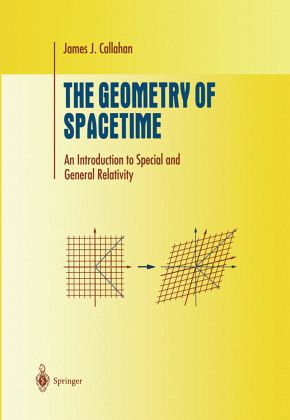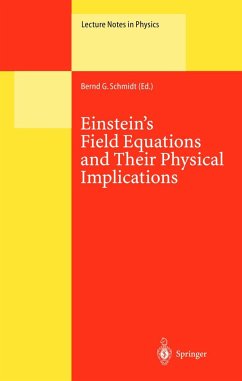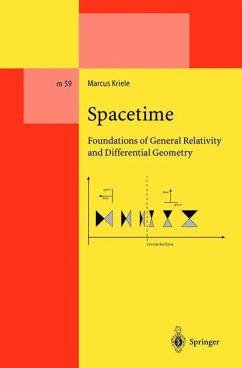
The Geometry of Spacetime
An Introduction to Special and General Relativity
Versandkostenfrei!
Versandfertig in 6-10 Tagen
46,99 €
inkl. MwSt.
Weitere Ausgaben:

PAYBACK Punkte
23 °P sammeln!
In 1905, Albert Einstein offered a revolutionary theory - special relativity - to explain some of the most troubling problems in current physics concerning electromagnetism and motion. Soon afterwards, Hermann Minkowski recast special relativity essentially as a new geometric structure for spacetime. These ideas are the subject of the first part of the book. The second part develops the main implications of Einstein's general relativity as a theory of gravity rooted in the differential geometry of surfaces. The author explores the way an individual observer views the world and how a pair of ob...
In 1905, Albert Einstein offered a revolutionary theory - special relativity - to explain some of the most troubling problems in current physics concerning electromagnetism and motion. Soon afterwards, Hermann Minkowski recast special relativity essentially as a new geometric structure for spacetime. These ideas are the subject of the first part of the book. The second part develops the main implications of Einstein's general relativity as a theory of gravity rooted in the differential geometry of surfaces. The author explores the way an individual observer views the world and how a pair of observers collaborates to gain objective knowledge of the world. He has tried to encompass both the general and special theory by using the geometry of spacetime as the unifying theme of the book. To read it, one needs only a first course in linear algebra and multivariable calculus and familiarity with the physical applications of calculus.












